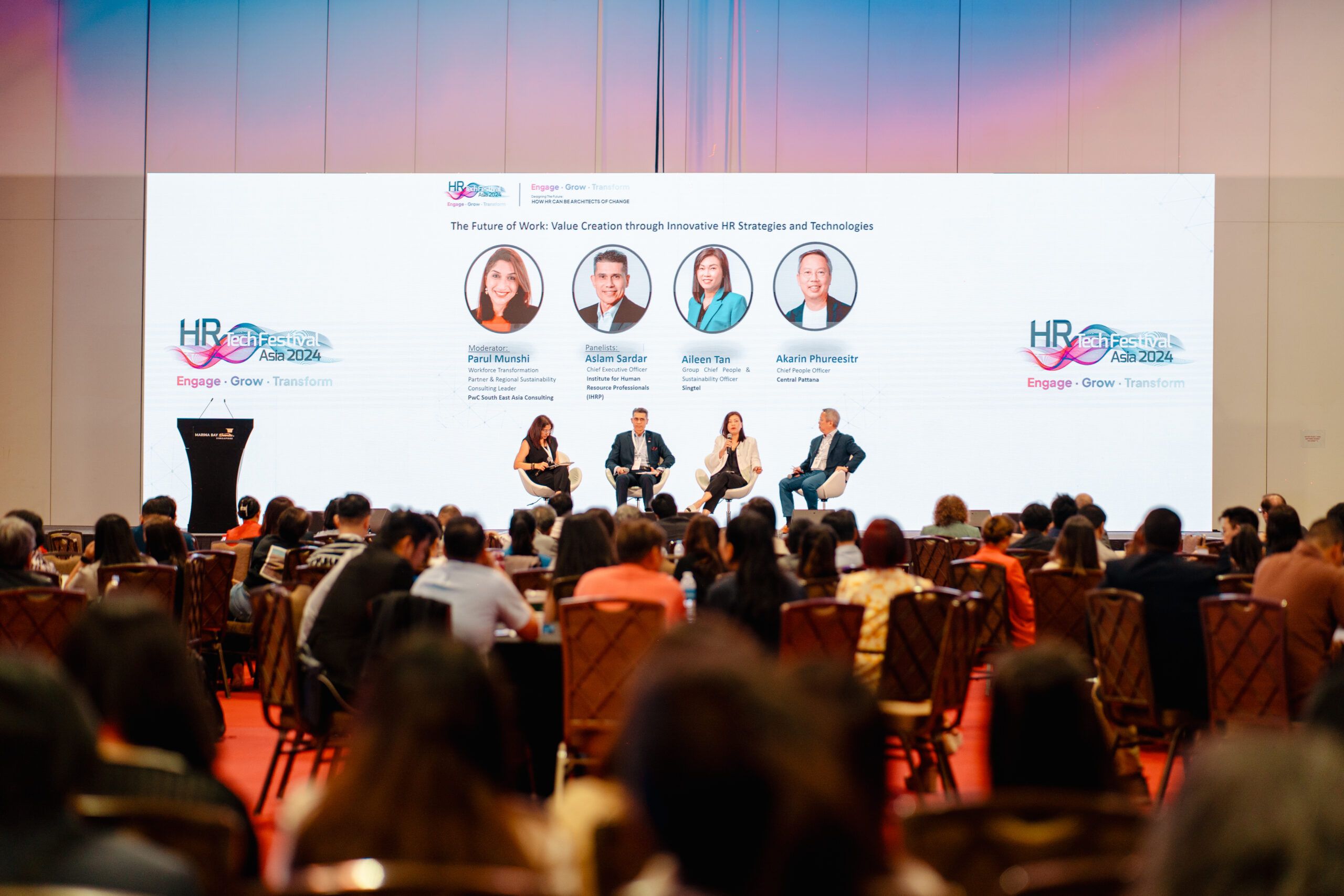How SMBs can use tech to make HR strategic

When it comes to the importance of strategic HR, there is no shortage of best practices; a quick Google search yields pages of blogs, webinars, white papers and articles on the topic. However, most recommendations are very general and do not take into account organisational size, budget, cultures and other factors. Meanwhile, research-based models are heavily weighted by input from large organisations with significant budgets and staff resources.
This puts small- to mid-sized businesses at a disadvantage. While SMBs grapple with the very same challenges faced by large companies—compliance, talent development, employee engagement, effective recruiting—they have much smaller budgets and limited staff to handle them. One wrong decision, whether it is a hiring mistake or an ill-advised investment, can have huge, negative impact. What is more, guidance that might be appropriate for a large company might be highly impractical for a smaller one.
In order to provide more relevant information to our SMB audience, we at Sapient Insights Group have just completed a focused analysis of SMB input (companies with fewer than 500 employees) to our 2022-2023 Annual HR Systems Survey. The resulting report, How Small Businesses Are Using HR Technology to Thrive, is designed to help HR leaders in small to mid-sized companies make informed decisions related to all aspects of HR tech—and, at the same time, become recognised as a strategic business function. I will discuss several highlights of the report here.
Do you have data that supports business strategy?
It is clear that SMBs are indeed investing in HR-related technology. Over the last five years, we have seen SMBs increase HR tech spending (per employee) by an average 25%. This year’s data revealed that 60% of respondents were assessing replacements of payroll and time management systems within the next 12 to 24 months. Recruiting, learning, wellness and performance were among other identified areas of investment.
However, our latest survey also found that only 28% of respondents believe their current HR tech environments adequately inform their business strategies. This is a huge problem—but also a big opportunity. HR leaders must make it a priority to help senior and functional leaders view tech investments as tools to create business value—rather than mandatory expenses.
One important way to do this is to share more detailed HR data over regular intervals. These discussions should include context and examples to help business leaders understand the “story” behind the numbers, as well as conversation about the insights that can be gleaned and the business value gained by the information.
Large percentages of SMB respondents said their regular reports include data on turnover, recruiting, retention and compensation. However, providing only such basic metrics is not likely to help an HR organisation be viewed as strategic. What can help change perception is the inclusion of current and forward-looking metrics that connect more broadly to the workforce, such as data around employee engagement, learning and development, productivity, workforce demographics, costs, career planning and wellness.
Yet, when we analysed 2022-2023 survey data, we found that primary uses of HR tech in SMBs were to give employees and managers better access to HR data (65%), reduce paper-based processes (59%), and to monitor and report compliance (53%). More strategic uses of HR tech lagged far behind. Only 39% used HR tech to influence business decisions related to the workforce, and a mere 28% used it to inform business strategy.
Therefore, one of the things we advise SMB clients to do is evaluate the types of data and reports that can be generated from current tech systems—whether in-house or outsourced. Is more detailed data available and just not being used or properly analysed? Or, does your tech environment fall short when it comes to providing such information?
Getting a clear view of the data available to your organisation, determining if it is being analysed and used to full advantage, and identifying important information gaps are important steps in developing a truly strategic HR tech strategy.
How can an HR tech strategy help you be more strategic?
Too often, technology investments are made to fix a specific problem or focus on one key function. What can be missing in those purchasing decisions is an understanding of how a potential investment would impact (positively or negatively) other systems across the enterprise, specifically how it supports important business goals, and an organisation’s ability to evolve, scale and adapt to changing requirements.
Our research shows that having an HR tech systems strategy is essential to becoming a strategic HR organisation, no matter your company size. Certainly, a strategy will help you and your team prioritise investments and improve overall decision-making. But, when shared and factored into organisational budget decisions, a tech strategy will demonstrate to senior and functional leaders the importance—and value—of HR tech investments.
Unfortunately, according to survey data, only 27% of HR organisations in SMBs have a regularly updated HR tech strategy. Forty-one percent of respondents said they have no strategy, while 18% claim to have a strategy in development and 14% have a strategy that is not regularly updated.
Our recent report includes a detailed discussion of the key elements an HR tech strategy should cover. These include a breakdown of the current tech ecosystem, the desired future ecosystem, a phased roadmap and detailed budget analyses for purchases, maintenance and support. As explained in the report, the development of an HR tech strategy is not a trivial project, and in order to be useful, it must be regularly updated. But, we believe the time spent on this initiative will pay huge dividends to your business.
It is also important to note that even if you rely on outsourcers for some or all of your HR tech, you still should have an HR tech strategy. You will gain a more comprehensive understanding of the technology platforms used by your providers, the available current and future reporting capabilities, data export details and the provider’s own tech roadmap and plans for continual innovation.
READ: HR Tech Fest Connect 2023: Building an engaged and resilient workforce
Remember, while you do not have the tech budget that large companies have, you have an important advantage: You likely have more direct access and personal relationships with business leaders. Use this advantage in making your case in budget discussions and purchase decisions!
Ways to get started
There is no doubt about it: Developing an HR tech systems strategy is a significant undertaking. But, it is a project that can be accomplished alongside your team’s other work. For instance, setting aside two hours a week to focus on the project will result in steady, incremental progress. If you have one or two team members who are looking to develop technology-related skills, consider delegating much of the legwork to them. Or, perhaps there is a way to outsource some tactical work in order to free up staff time.
We also recommend that you take a system-by-system approach. In doing so, consider the business goals for each of these systems and how they align with your company’s overall business strategy. Be sure to include business owners and senior leaders in these conversations to help you set priorities and get executive buy-in.
While the right HR tech investments cannot ensure strategic outcomes, they will definitely enable you and your team to achieve your goals, better support your workforce and positively impact your business.
About the author: A respected global industry analyst and researcher focused on HR and business outcomes, Stacey Harris is Chief Research Officer and Managing Partner of research and advisory firm Sapient Insights Group.
Join her at HR Tech Fest Connect 2023 on September 27 as she shares insights into how organisations in Asia Pacific are deploying HR technologies to create a connected workforce.



